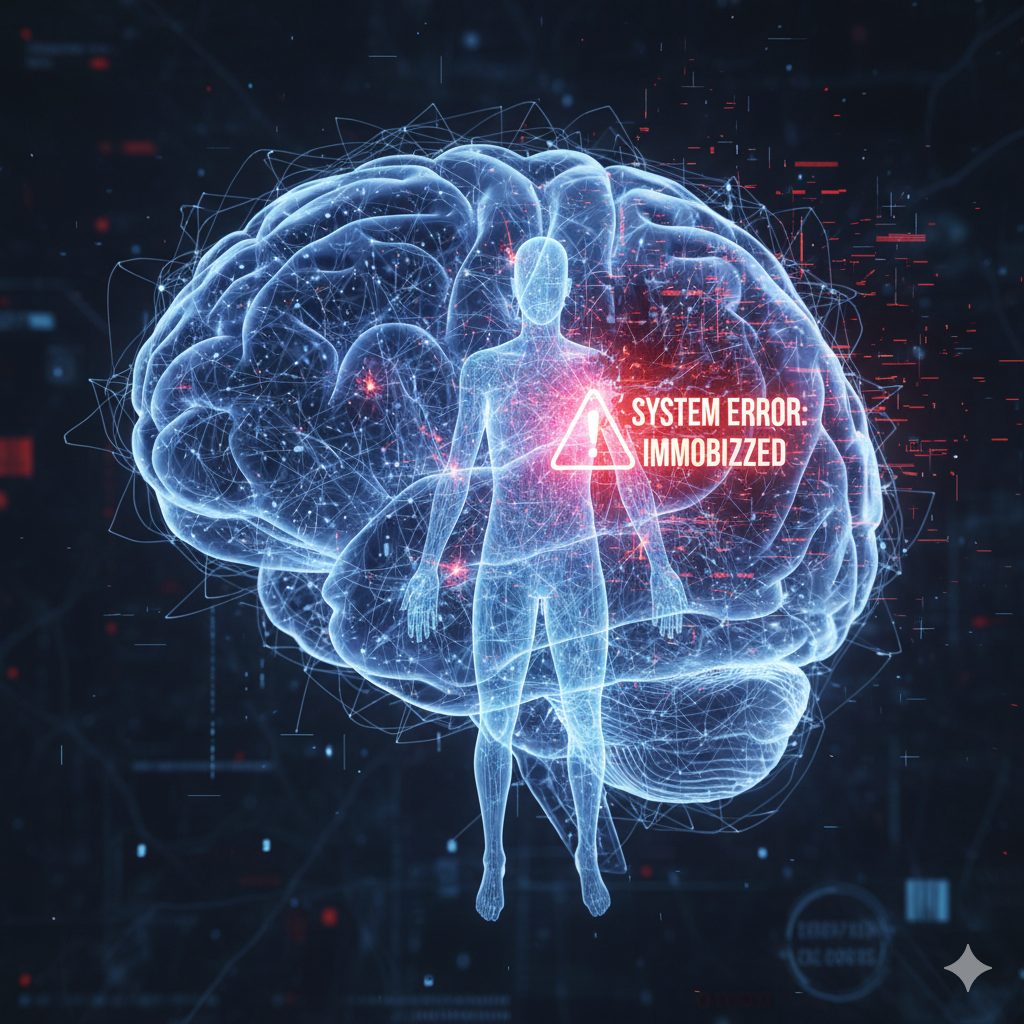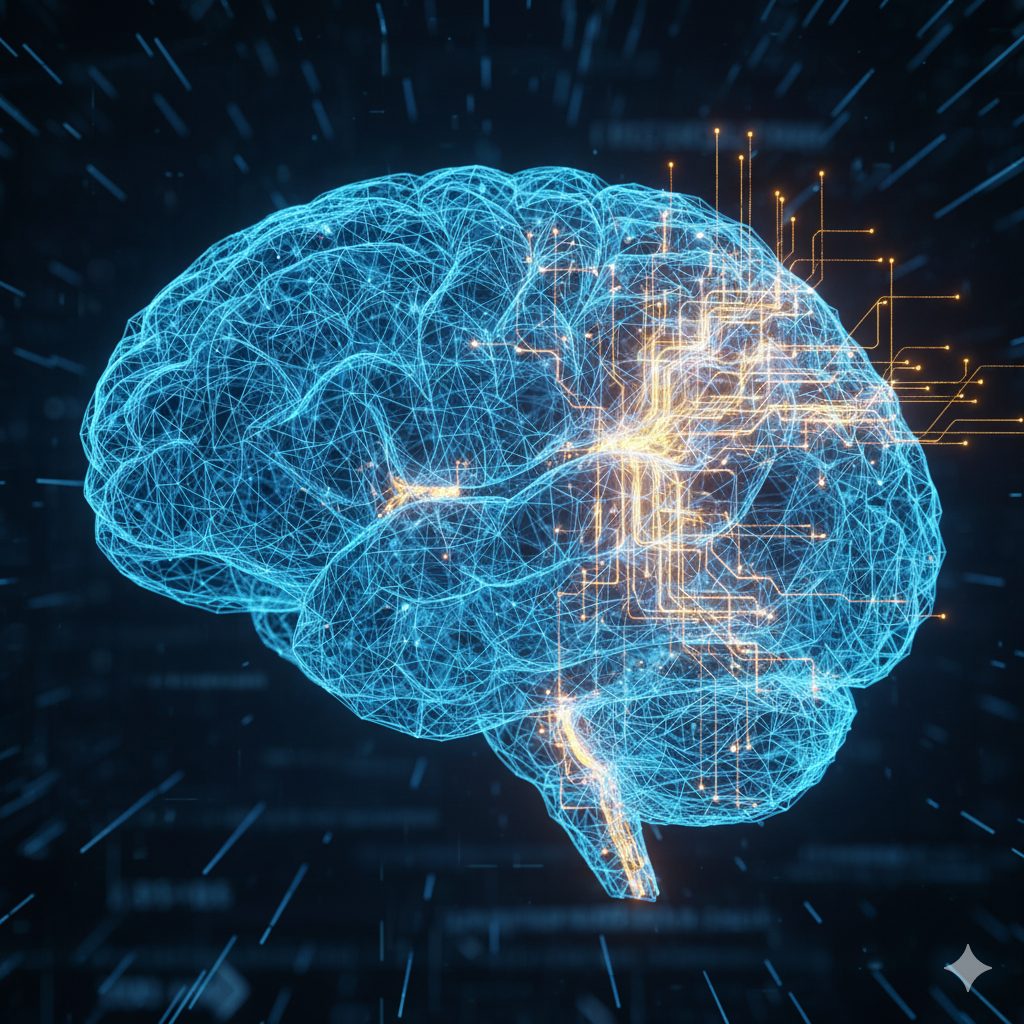Every year on September 8th, we celebrate International Physiotherapy Day. If you’re like most people, the word “physio” probably brings to mind massage tables, ultrasound machines, and the satisfying crack of a joint being manipulated. It’s often viewed as a mechanical fix for a mechanical problem: a jammed hinge simply needs a good mechanic. No, remember – Physiotherapy Rewires Brain.
This common perception, while not entirely wrong, misses the breathtaking truth of what modern physiotherapy truly is. It’s not just about loosening tight muscles; it’s about engaging in the physical process of harnessing neuroplasticity—your brain’s lifelong, awe-inspiring ability to reorganize itself by forming new neural connections. In essence, the most profound work of physiotherapy doesn’t just fix the body; it reprograms the brain. It’s a powerful cure for physical immobility, a condition we might call Functiolasia (from functio – function, and -lasia – loosening or setting free).
This is the story of how a physical therapy becomes a neurological one because Physiotherapy Rewires Brain.

The Illusion of the “Jammed” Joint
Let’s set the scene. Imagine your knee stops bending properly after surgery. Or your shoulder won’t lift after a fall. Perhaps a stroke has left your arm with lingering stiffness.
The obvious culprit seems to be the joint itself—stiff ligaments, tight muscles, swollen tissue. It feels “jammed.” So, the logical response is to stretch it, push it, and manipulate it. Sometimes this provides temporary relief. But so often, the stiffness and pain return with a vengeance. Why does this happen?
The answer is deceptively simple: because the problem often isn’t just in the joint; it’s in the map. The solution – Physiotherapy Rewires Brain.
Your Brain’s Body Map: The Real Command Center
Your brain holds an intricate, dynamic map of your entire body. This somatosensory cortex is your personal command center, telling your brain how to move, where your limbs are in space (a sense called proprioception), and what normal, healthy movement should feel like.
When you suffer an injury—be it a torn ligament, a broken bone, or a neurological event like a stroke—this map is suddenly rendered outdated or damaged. The brain starts receiving confusing, alarming signals from the area: “Movement equals pain!” or “This area is offline—do not use!”
In response, the brain does something that is both logical and ultimately destructive: it slams on the emergency brakes. It immobilizes the area. It orders muscles to tighten into a biological protective cast, essentially freezing the joint to prevent what it perceives as further catastrophe. This protective lockdown is the essence of Functiolasia—a loss of function enforced not by the injury itself, but by a protective, malfunctioning nervous system.
You can manually force the joint to move (and sometimes you should!), but until you update the software—the brain’s map—it will simply pull the joint back into its “safe,” immobile position. This is why forced stretching often fails in the long term.
The Master Key: Unleashing Neuroplasticity
For decades, conventional science believed the adult brain was largely static and fixed. We now know this is spectacularly false. The brain is dynamic, constantly adapting and rewiring itself based on experience, learning, and repetition. This is neuroplasticity.
Think about it: every time you learn a new song on the guitar, master a new language, or even learn a new route to work, you are forging new neural pathways. Your brain is physically changing its structure. Modern physiotherapy is the dedicated, conscious application of this principle to movement and recovery.
This redefines the role of a physiotherapist. They are not just mechanics for your body; they are guides for your nervous system, teachers helping your brain relearn what it has forgotten or fears. Physiotherapy Rewires Brain.

The Three-Stage Process of Rewiring
So, how does a series of seemingly simple exercises lead to permanent change? It’s a brilliant, staged dialogue between body and brain.
Stage 1: Re-Opening the Dialogue (Manual Therapy & Mobilisation)
The first step is to gently and safely convince the brain that movement is not a threat. This is where the “manual” part of therapy comes in. The physiotherapist uses skilled hands to mobilize the joint, reduce pain, and soften tissue. But this is far more than just “loosening a hinge.” Each precise movement is designed to send a flood of new, safe, and non-painful sensory information to the brain.
It’s like the therapist is sending a message to the brain: “Look, we can move this way. It doesn’t hurt. See? New signals are coming in. You can stand down.”
Stage 2: Rewriting the Map (Targeted Movement & Repetition)
This is where the real magic happens. Your therapist gives you specific, carefully graded exercises. This isn’t random gym work; every movement is a calculated lesson designed to force the brain to actively problem-solve and re-engage with the immobilized area.
When you consciously and repetitively perform a correct movement, you are doing something profound: you are selectively strengthening the neural pathway that controls that movement. This is a principle famously summarized by neuropsychologist Donald Hebb as: “Neurons that fire together, wire together” – called Hebbian Principle.
Every single is like walking down a path in a field of tall grass. The first time, it’s difficult and unclear. The tenth time, it’s a bit more defined. The hundredth time, it’s a clear, well-trodden trail that your brain will automatically choose to use. The physiotherapist’s expertise ensures you are treading the correct path and not reinforcing a compensatory, faulty pattern.
Stage 3: Consolidating the New Pathway (Integration)
You don’t just learn to move a limb in isolation in a clinical bubble. The final, crucial step is to integrate this newly wired circuit into complex, useful, everyday behaviors. You learn to use your shoulder to reach for a cup on a high shelf, your knee to climb stairs confidently, or your hand to button a shirt.
This proves to the brain that the limb is not a source of pain but a functional, valuable tool again. The new map is validated, trusted, and cemented into daily use. Meanwhile, the old, protective pathway of immobility weakens from disuse. The cure becomes permanent because the root cause—the outdated brain map—has been successfully updated. So we say – Physiotherapy Rewires Brain.
You Are the Architect of Your Recovery
Perhaps the most crucial and empowering thing to understand is that the physiotherapist only provides the blueprint and the guidance. The patient must do the building.
Every conscious, correct repetition of an exercise is not a passive motion; it is an active act of neuroplasticity. You are not a passenger on this journey; you are the architect, physically sculpting your own brain with every movement. Your effort is the catalyst for neurological change.
A New Perception for Physiotherapy Day
This International Physiotherapy Day, let’s change our perception. Physiotherapy is far more than a remedial service for aches and pains. It is one of the most powerful and practical applications of neuroplasticity science in the world today.
It is a testament to our body’s innate, incredible ability to heal, not just through biology, but through learning and adaptation. It proves that with the right guidance and your own relentless effort, you can literally rewrite the maps in your mind. And in doing so, you can truly set yourself free from immobility.
External Link 1 : Medium Social Media site article – https://bit.ly/4g9YNlm
External Link 2 : World Confederation for Physical Therapy (WCPT) – https://world.physio/international-physiotherapy-day